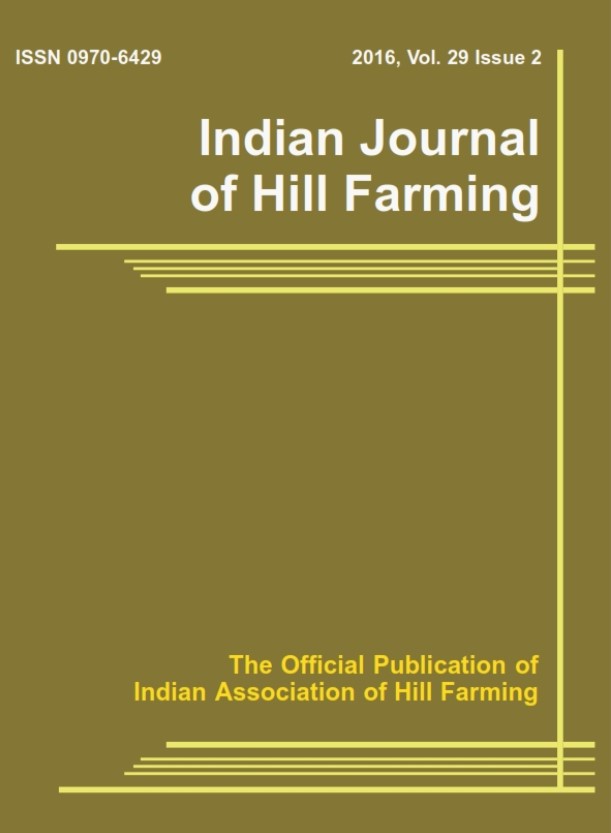Effect of wood density on above-ground biomass while measuring the mango trees
Keywords:
Biomass estimation, volume, wood density, destructive and non-destructive measurementsAbstract
Capital city of Uttar Pradesh Lucknow, comes in the Northern sub-tropical region of India. It comes under the central plain region and contains highly fertile soil for agriculture, but Lucknow and its nearby districts such as Hardoi, Sitapur, and Unnao are known for the finest Mango (Mangifera indica) cultivars, ʽDashehariʼ is one of them. The ʽDashehariʼ an endemic mango landrace is famous across the country. ʽDashehariʼ trees are huge and have a wide canopy, which influences mitigating the atmospheric carbon through balancing the carbon cycle. This study has been focused on the estimation of ʽDashehariʼ tree biomass. In this research, an effort has been done to minimize error and standardize key factors while estimating tree biomass. Although, generalized allometric equations have mainly been used as a forest measuring tool to estimate above-ground biomass, but applying these equations to other commercial trees, either gives uncertain results or which varies too much differently. Therefore, eighty years old seedlings of Dashehari trees were harvested with a legal permit. Above-ground biomass of every mango tree has been calculated by the destructive method as well as non-destructive methods. Subsequently, measurements of the trees and comparative findings were evaluated by statistical analysis. The study showed that by the non-destructive method, wood density influences the estimation of the biomass of the tree. Above-ground biomass was recorded as higher than the destructive method while using standard wood density value (0.60 g cm-3), whereas above-ground biomass was recorded as almost similar to the destructive method while using modified wood density (0.48 g cm-3).




